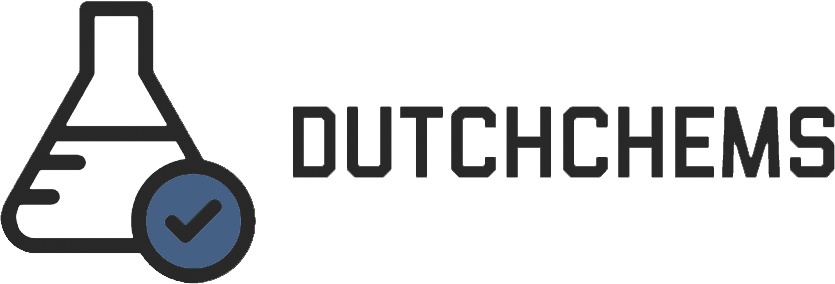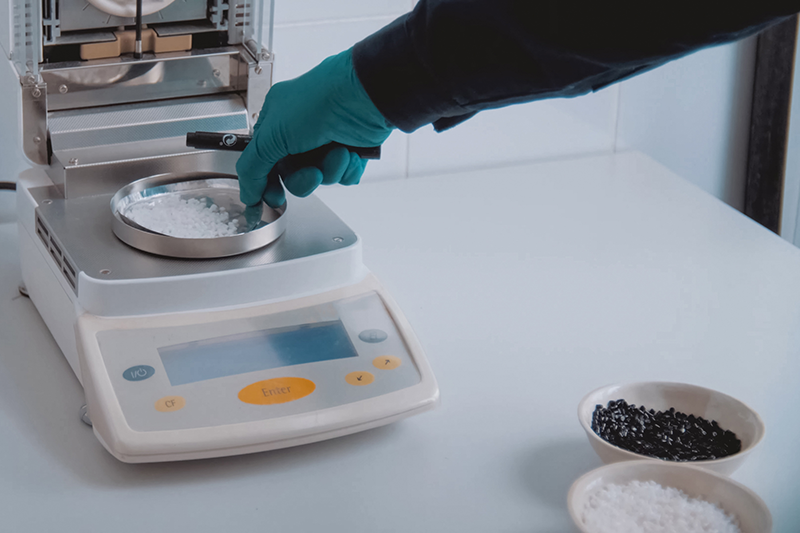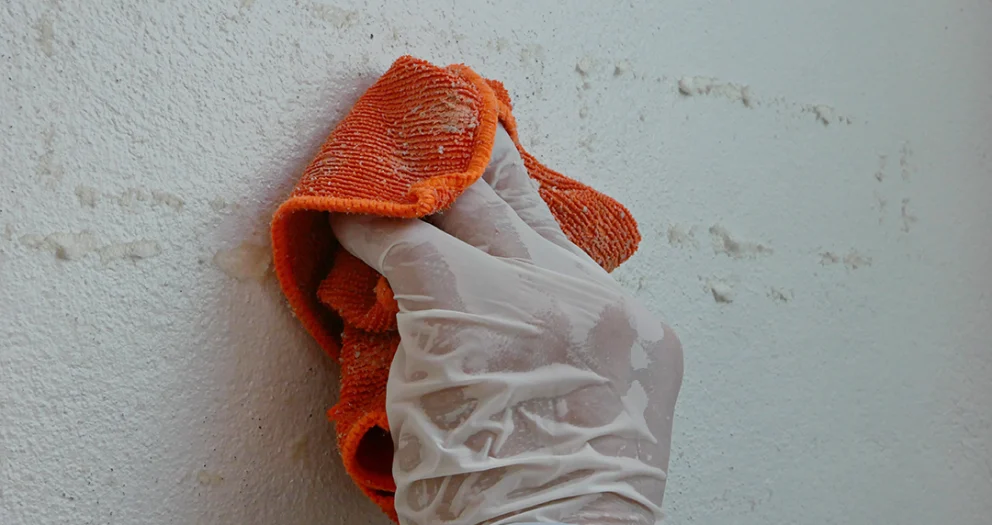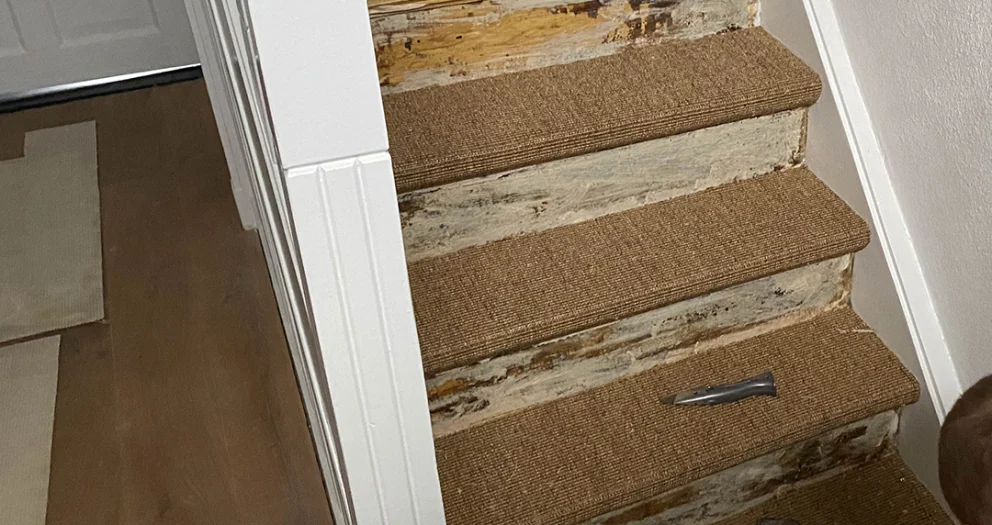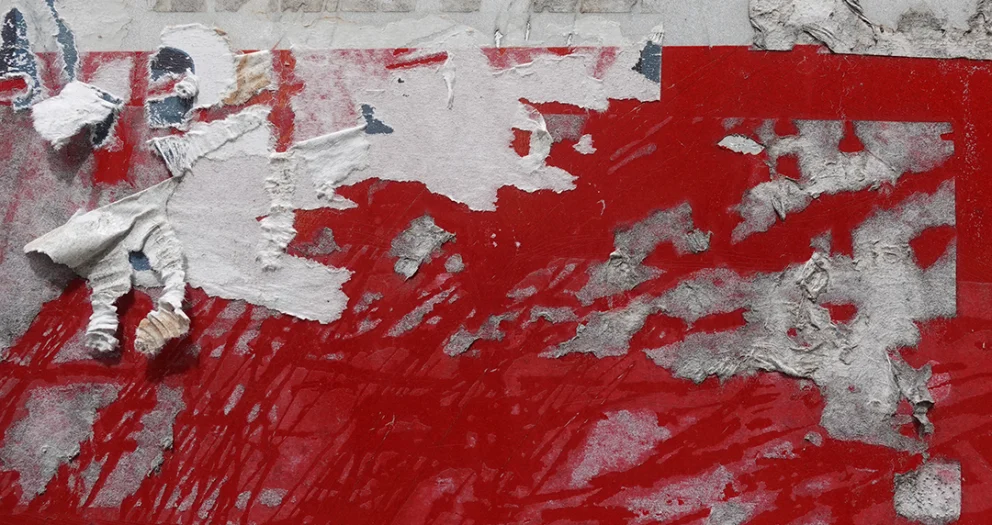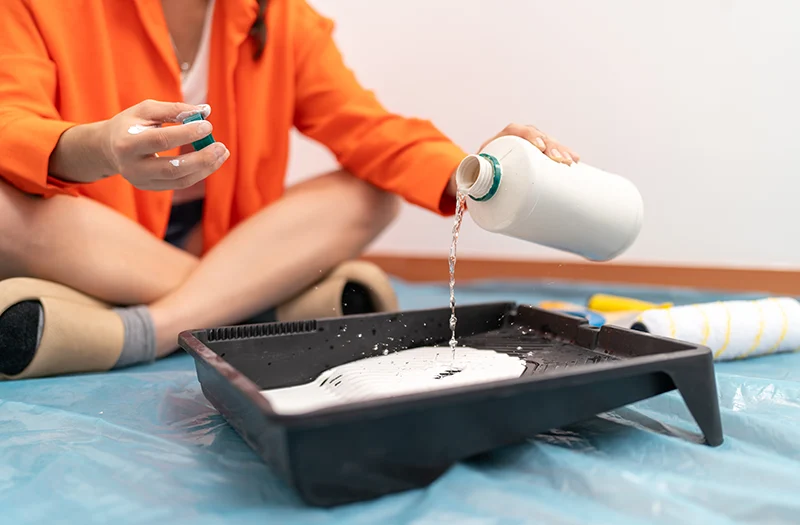Molarity is used to indicate the chemical concentration of a substance in a solution. It indicates the ratio between the amount of substance (in moles) and the volume of the solution (in liters). Correctly calculating molarity requires basic knowledge of the Mole, volume and mass , and applying this data to the molarity formula.
Below we explain how you can calculate the molarity of a solution step by step. For this you need two things.
- Knowledge of the moles of the substance being dissolved: This refers to the exact number of moles of the chemical you want in the solution. Determining the number of moles is crucial because it forms the basis for the molarity calculation.
If you are not yet familiar with how to calculate the number of moles of a substance, you can use our mole calculator by following the link below.
- A method of measuring the volume of the solution: To accurately measure the volume in which the solution is prepared, an instrument such as a graduated cylinder is needed. Volume is usually expressed in liters (L) or milliliters (mL), where 1 liter is equal to 1000 milliliters. Correctly measuring the volume ensures that you can calculate the molarity precisely.
Calculating molarity
Calculate the volume of your solution in liters. If you measure in another unit such as milliliters or centiliters, you must first convert to liters. You can do this using the following:
- 1 mL = 0.001 L
- 1 cL = 0.01 L
- 1 dL = 0.1 L
After you have done this, divide the number of moles by the number of liters of solution you have.
Molarity = Mole / (number of Liters)
You can also use the calculator below to calculate molarity.
Molarity Calculator
Useful tips
To accurately prepare a solution with a specific molarity, first weigh the required amount of the substance and place it in an empty measuring bottle. Then you add water until the level reaches exactly 1 liter. If you do this in reverse order, i.e. start by measuring 1 liter of water to which you then add the substance, the total volume of the solution will exceed 1 liter. This results in a lower molarity than intended, because the concentration of the substance in the solution is now spread over a larger volume.
